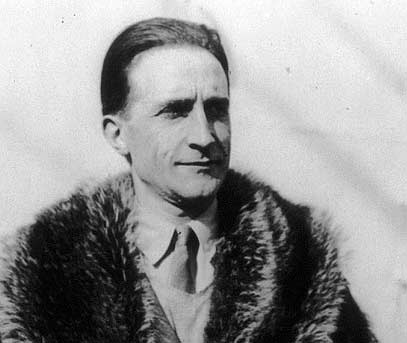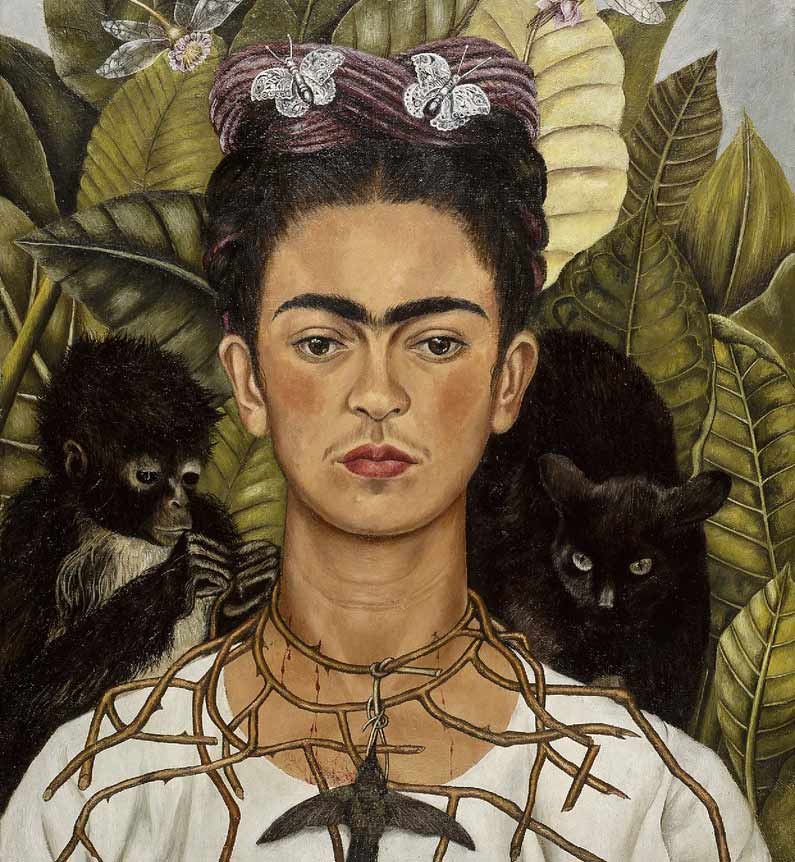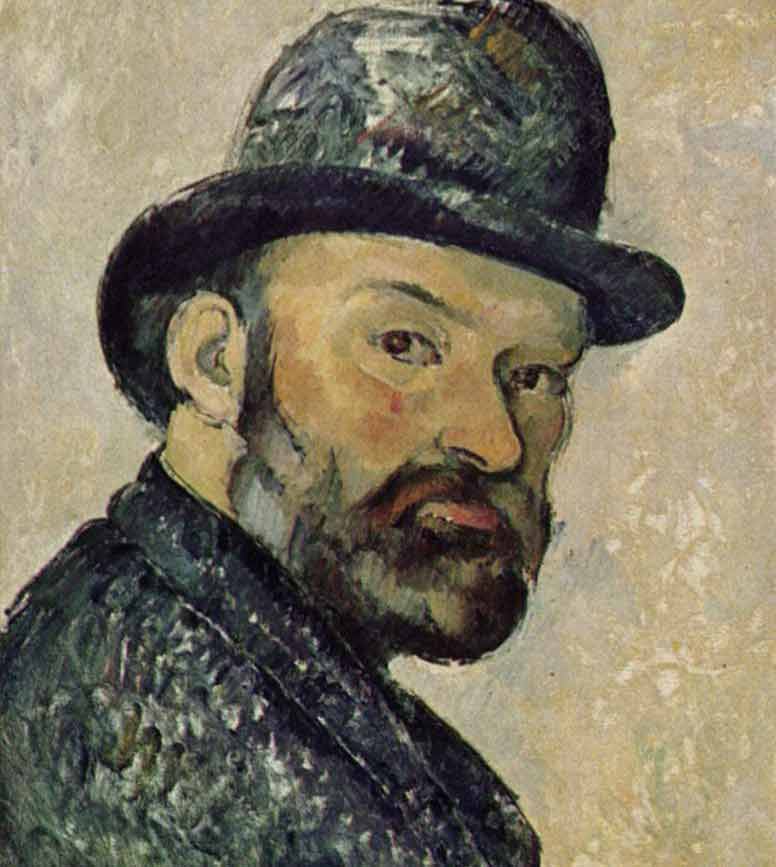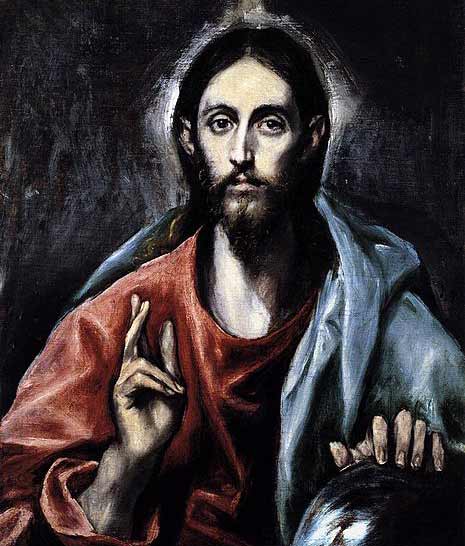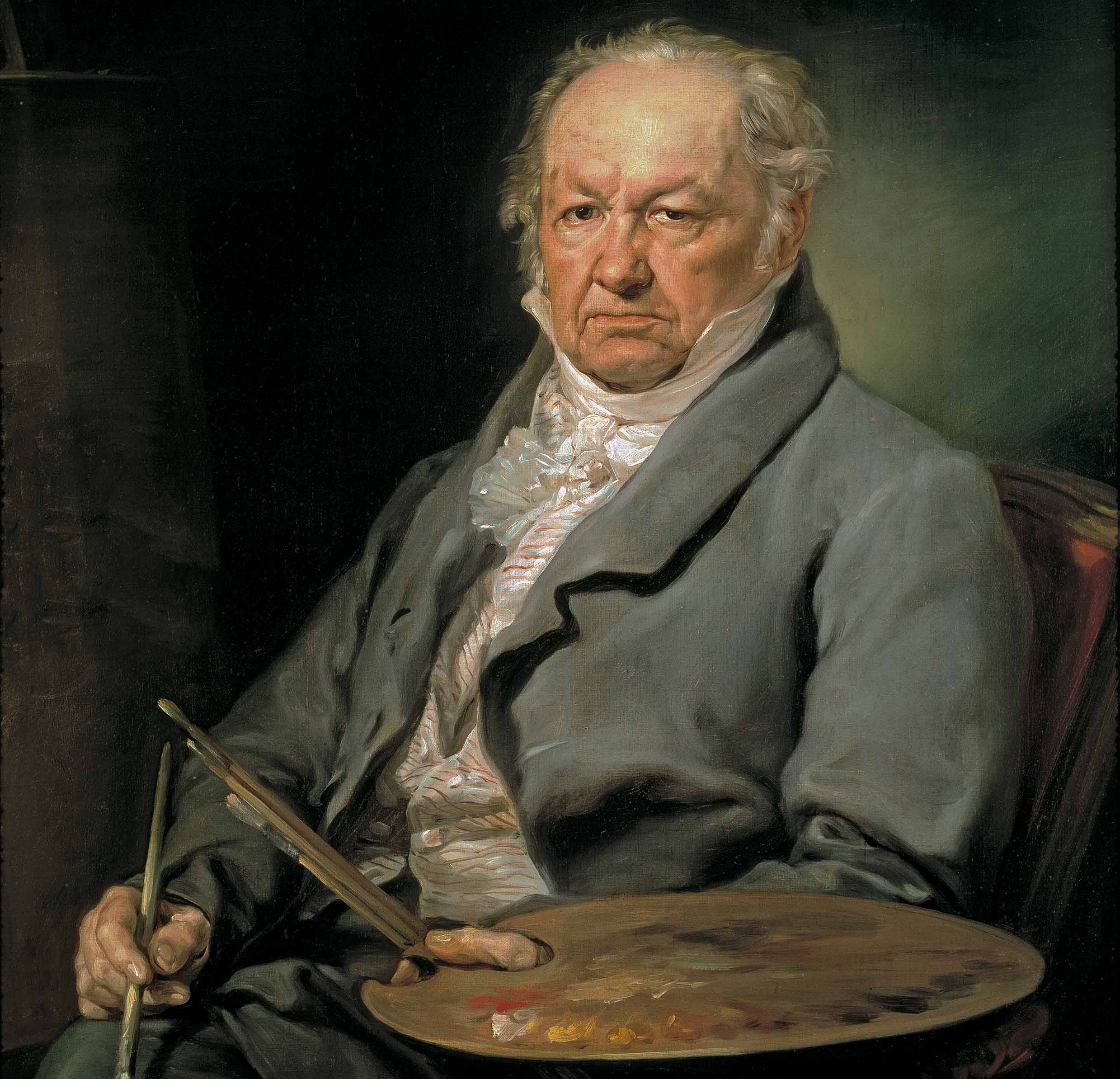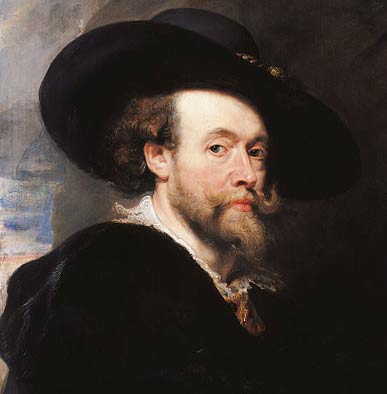
Table of Contents
ToggleQUICK FACTS
Nationality: Flemish
Born: June 28, 1577
Born Place: Siegen, Germany
Died: May 30, 1640
Death Place: Antwerp, Belgium
On view: Rijksmuseum, Louvre Museum
Periods: Baroque, Antwerp school, Renaissance
Gender: Male
BIOGRAPHY
Sir Peter Paul Rubens (28 June 1577 – 30 May 1640) was a Flemish artist and diplomat. He is considered the most influential artist of the Flemish Baroque tradition. Rubens’s highly charged compositions reference erudite aspects of classical and Christian history. His unique and immensely popular Baroque style emphasized movement, colour, and sensuality, which followed the immediate, dramatic artistic style promoted in the Counter-Reformation. Rubens was a painter producing altarpieces, portraits, landscapes, and history paintings of mythological and allegorical subjects. He was also a prolific designer of cartoons for the Flemish tapestry workshops and of frontispieces for the publishers in Antwerp.
In addition to running a large workshop in Antwerp that produced paintings popular with nobility and art collectors throughout Europe, Rubens was a classically educated humanist scholar and diplomat who was knighted by both Philip IV of Spain and Charles I of England. Rubens was a prolific artist. The catalogue of his works by Michael Jaffé lists 1,403 pieces, excluding numerous copies made in his workshop.
His commissioned works were mostly history paintings, which included religious and mythological subjects, and hunt scenes. He painted portraits, especially of friends, and self-portraits, and in later life painted several landscapes. Rubens designed tapestries and prints, as well as his own house. He also oversaw the ephemeral decorations of the royal entry into Antwerp by the Cardinal-Infante Ferdinand of Austria in 1635. He wrote a book with illustrations of the palaces in Genoa, which was published in 1622 as Palazzi di Genova. The book was influential in spreading the Genoese palace style in Northern Europe. Rubens was an avid art collector and had one of the largest collections of art and books in Antwerp. He was also an art dealer and is known to have sold an important number of art objects to George Villiers, 1st Duke of Buckingham.
He was one of the last major artists to make consistent use of wooden panels as a support medium, even for very large works, but he used canvas as well, especially when the work needed to be sent a long distance. For altarpieces he sometimes painted on slate to reduce reflection problems.
EARLY LIFE
Rubens was born in [Siegen]] to Jan Rubens and Maria Pypelincks. His father, a Calvinist, and mother fled Antwerp for Cologne in 1568, after increased religious turmoil and persecution of Protestants during the rule of the Habsburg Netherlands by the Duke of Alba. Rubens was baptised in Cologne at St Peter’s Church.
Jan Rubens became the legal adviser (and lover) of Anna of Saxony, the second wife of William I of Orange, and settled at her court in Siegen in 1570, fathering her daughter Christine who was born in 1571. Following Jan Rubens’s imprisonment for the affair, Peter Paul Rubens was born in 1577. The family returned to Cologne the next year. In 1589, two years after his father’s death, Rubens moved with his mother Maria Pypelincks to Antwerp, where he was raised as a Catholic.
Religion figured prominently in much of his work, and Rubens later became one of the leading voices of the Catholic Counter-Reformation style of painting (he had said “My passion comes from the heavens, not from earthly musings”).
DEATH
Rubens died from heart failure a result of his chronic gout on 30 May 1640. He was interred in the Saint James’ Church in Antwerp. A burial chapel for the artist and his family was built in the church. Construction on the chapel started in 1642 and was completed in 1650 when Cornelis van Mildert (the son of Rubens’ friend, the sculptor Johannes van Mildert) delivered the altarstone. The chapel is a marble altar portico with two columns framing the altarpiece of the ‘Virgin and child with saints painted by Rubens himself. The painting expresses the basis tenets of the Counter Reformation through the figures of the Virgin and saints. In the upper niche of the retable is a marble statue depicting the Virgin as the Mater Dolorosa whose heart is pierced by a sword, which was likely sculpted by Lucas Faydherbe, a pupil of Rubens. The remains of Rubens’ second wife Helena Fourment and two of her children (one of which fathered by Rubens) were later also laid to rest in the chapel. Over the coming centuries about 80 descendants from the Rubens family were interred in the chapel.
At the request of canon van Parijs, Rubens’ epitaph, written in Latin by his friend Gaspar Gevartius was chiselled on the chapel floor. In the tradition of the Renaissance, Rubens is compared in the epitaph to Apelles, the most famous painter of Greek Antiquity.
The contents of this page are sourced from Wikipedia article on 4 July 2020. The contents are available under the CC BY-SA 4.0 license.

